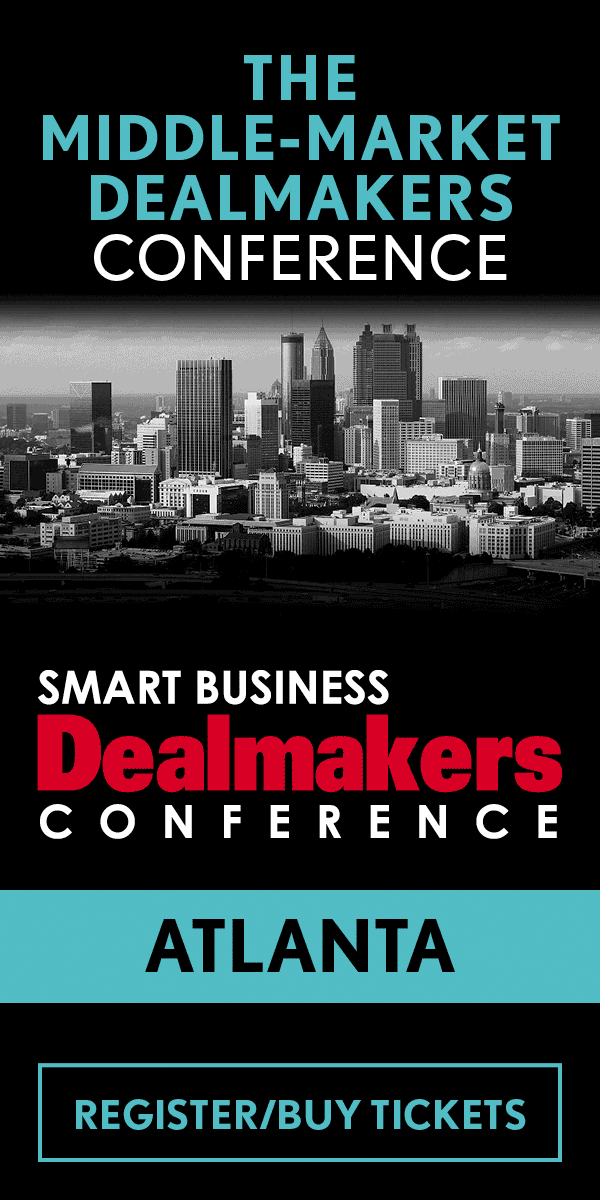For VES LLC COO and Co-Founder Bryan LeBaron, it was quite a process considering if it was the right time for he and his business partner to sell. The first stage of the thought process was determining whether they had created what they set out to create, he told attendees at the Baltimore Smart Business Dealmakers Conference. They had built a place they wanted to work, could do what they wanted to do, and be happy to go to work every day. But they got to a point at which they thought they hit their threshold, their milestones, and wondered what the next stage would be.
"You come to a point when you're hitting these milestones and we're trying to build a company that we believe in, and in the back of your head, most owners will come to this realization of like, what is my company worth?" LeBaron says. "And that usually kicks off a series of events where you start Googling and trying to figure out how much is my company worth? Every company is different. Every company has characteristics that are tangible and non-tangible that increase the value. So, as we really thought about, how do we figure out our valuation, that's what kicked off our initial discussions."
During the initial meetings with his team of advisers, he says they identified where the gaps were in the business and tried to patch up some of the holes they discovered right away to help not only correct what was wrong, but also to one day be able to sell and put the company in the best light for a buyer.
With many different buyers attempting to acquire the company, coupled with his inexperience as a seller, he says trying to navigate it all was a trial.
"We had private equity, we had a Native American tribe, and we had some other strategic buyers, all with different goals for how we were going to end up after the deal was set," he says. "And we really tried to focus on what our team and our people are, what our value is. So, we were trying to maintain that and roll in. I was not planning to retire, so I wanted to roll into something where I knew I could grow into and be more of a platform than a bolt-on and have a little bit of a say in the destiny of where the company ends up."
He says he leaned on his advisers to give the pros and cons of each opportunity, and they ultimately lead them down the path to creating a great relationship with their new owner.
Through the process, seeing the potential suitors for the business meant there were a few buyers who they thought would be a good cultural fit, and they went with the one that had the best alignment with the current team's culture.
"A lot of the venture firms that were looking at us (were) really pitching us on, we're going to invest in you guys and then sell you again in three years, and you're going to make a lot of money. That, obviously, is great in the end, but for us, it was really about the culture fit and having the company and the people that we've invested in over the past eight or so years be with us for the continuation of the ride and me and my business partner not just jump ship," LeBaron says. "And in the end, all of that melding together really just drove it home for us and made that match perfect."




